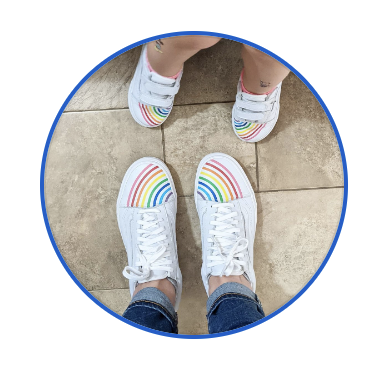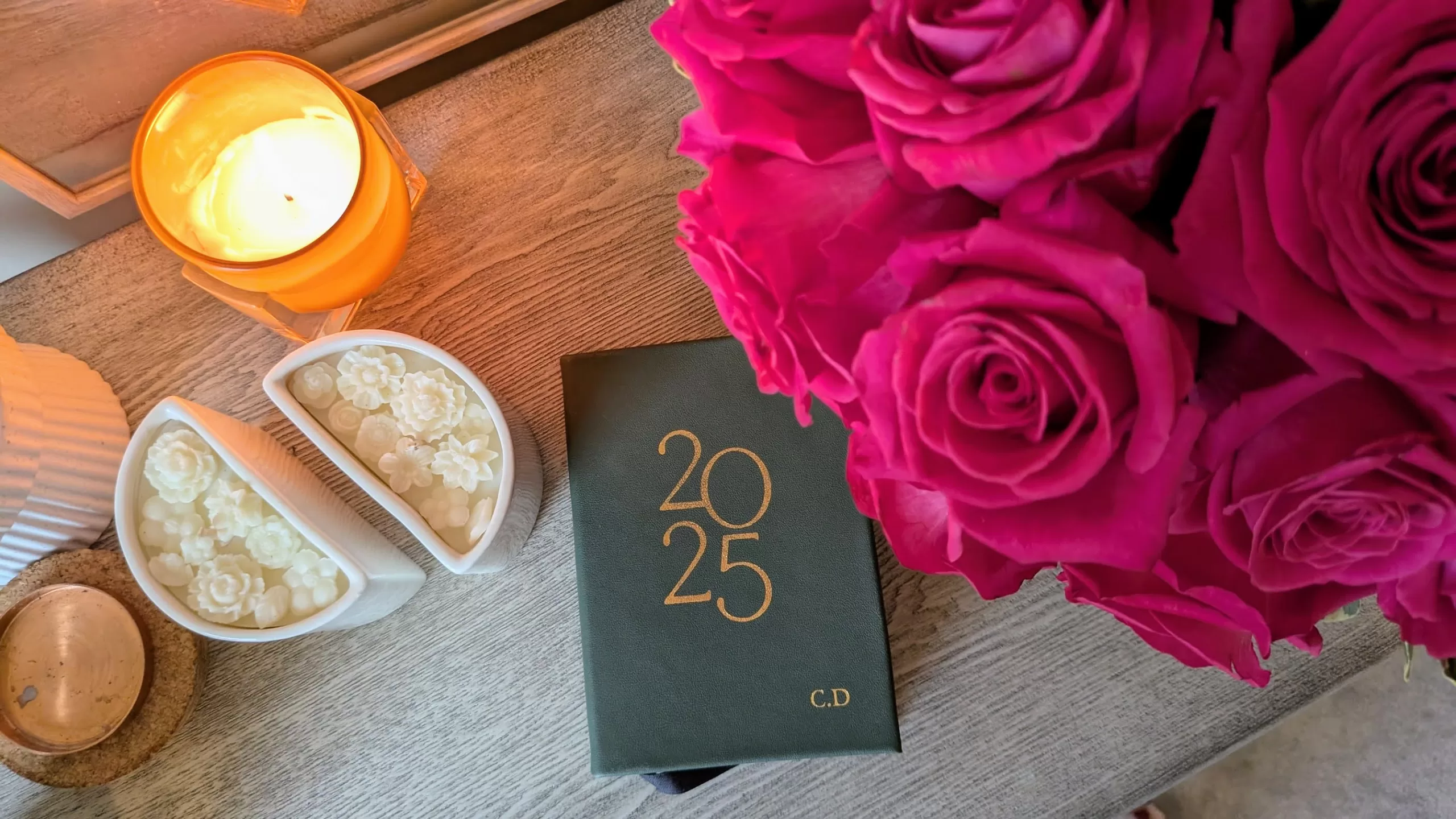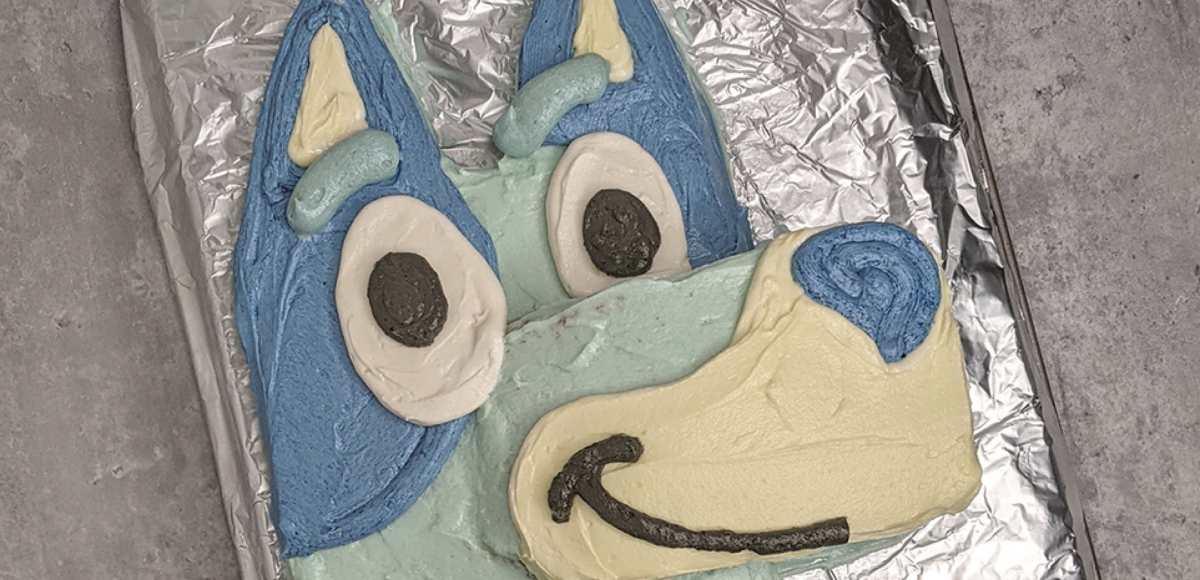Eight-ish months into the pandemic, and we’re starting to find a new normal. The “wallet, cell phone, keys” pat-down before rushing out the door has gained the additional face mask check; we’ve logged many more hours video chatting. It may not be the “normal” we want—especially as we enter the third wave of the coronavirus, which continues to claim lives—but we’re adapting as best we can.
There have been a ton of stories about adjusting to spending more time at home, and how, more than ever, work seems to be seeping into all hours and areas of our lives, since many don’t have as clear a division between the two anymore. For all the extra time we have these days, we’re filling it with teaching and parenting and working and banana-bread-making and hobby-hopping and, well, anything and everything. We’ve found how to be busy again—to the point of burnout, and what makes things different right now, some theorize, is one crucial detail: a lack of cognitive transitions.
Uh, what?
Simply put, it’s those little gaps of time between activities that helps refuel and restore us—a few minutes walking between meetings, rather than having back-to-back Zoom calls. The time it takes to refill your water or dash from one conference room to another. Little breaks in the day that we’re not giving ourselves lately. Those little breaks, or “cognitive transitions,” matter, says Scott Belsky, the head of product at Adobe.
“I’ve never enjoyed taking out the trash and running errands more than I do now. My brain is craving the spaces in-between,” he wrote on LinkedIn.
It’s those moments when your back can unpack what just happened and process it. It’s a chance for introverts to collect themselves before being “on” again. And it can help you get through the sameness of each day, breaking things up and leaving you feeling more refreshed and inspired.
HuffPost founder and CEO of Thrive Global, Arianna Huffington, advocates mindfully adding those moments back into our lives, which she refers to as “resetting.”
“I use my reset many times a day, it takes 60 seconds,” she told the New York Times. “You basically put together the things that are joy triggers. It could be photos of people you love, pets, quotes, landscapes, music you love, a breathing pace.”
At first, you may need to set reminders in your phone to alert you to take a step back. Or schedule meetings to start at the 15th of the hour, instead on the hour or half-hour, just to give yourself that break (and a little time to switch gears and prepare for the next meeting, so you’re not frazzled and scrambling). The latter is something Nate started doing a few weeks ago, and he’s said it’s made his work week so much smoother. Now, I’m ready to try it too.
If you come across any “cognitive breaks” or “resets” that help you throughout the day, we want to hear about them! Email me (candace [at] lifebetweenweekends.com) or tweet @betweenweekends.
Lead photo by Lucija Ros on Unsplash




